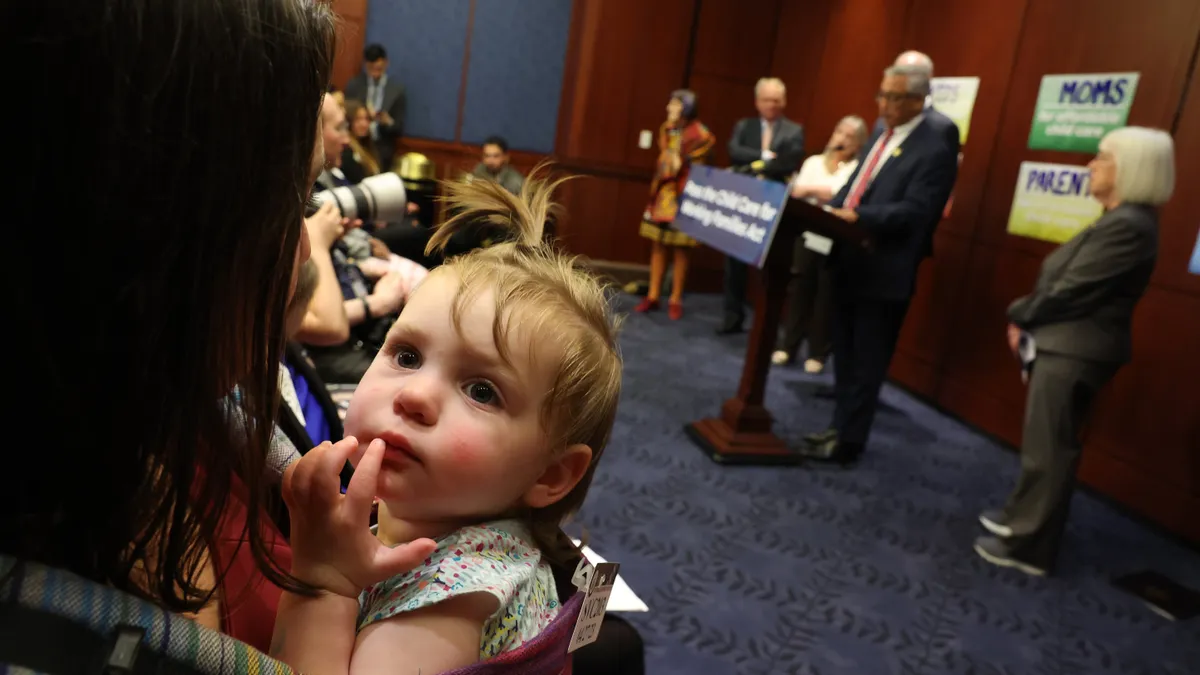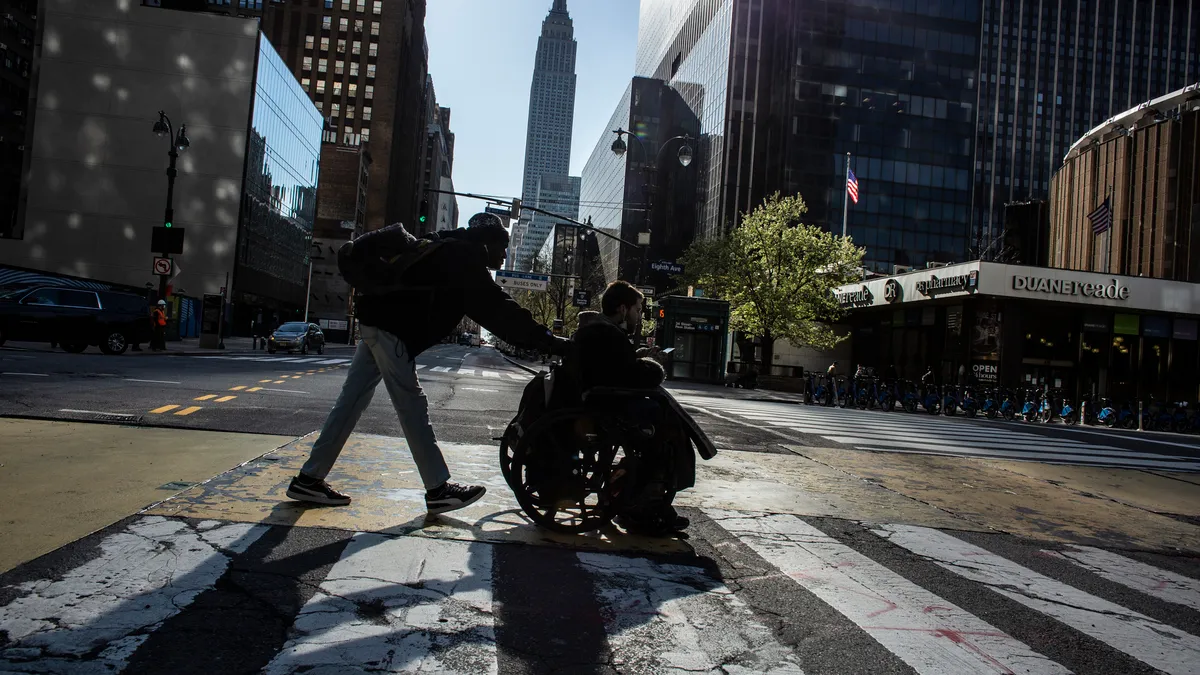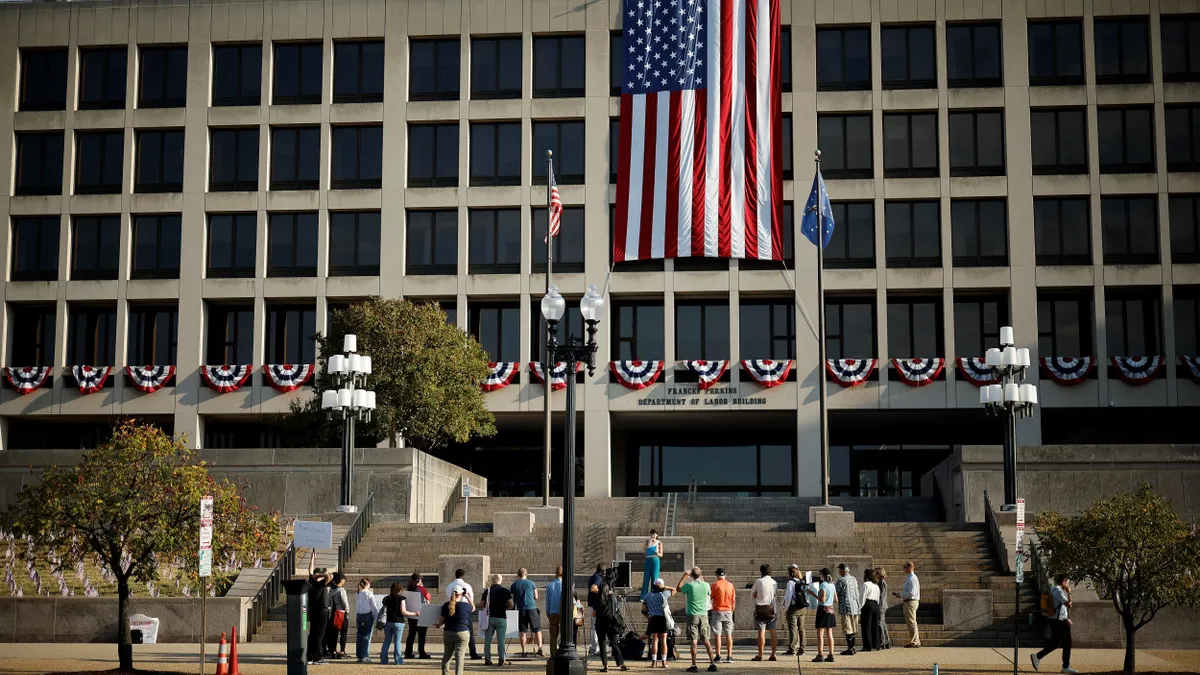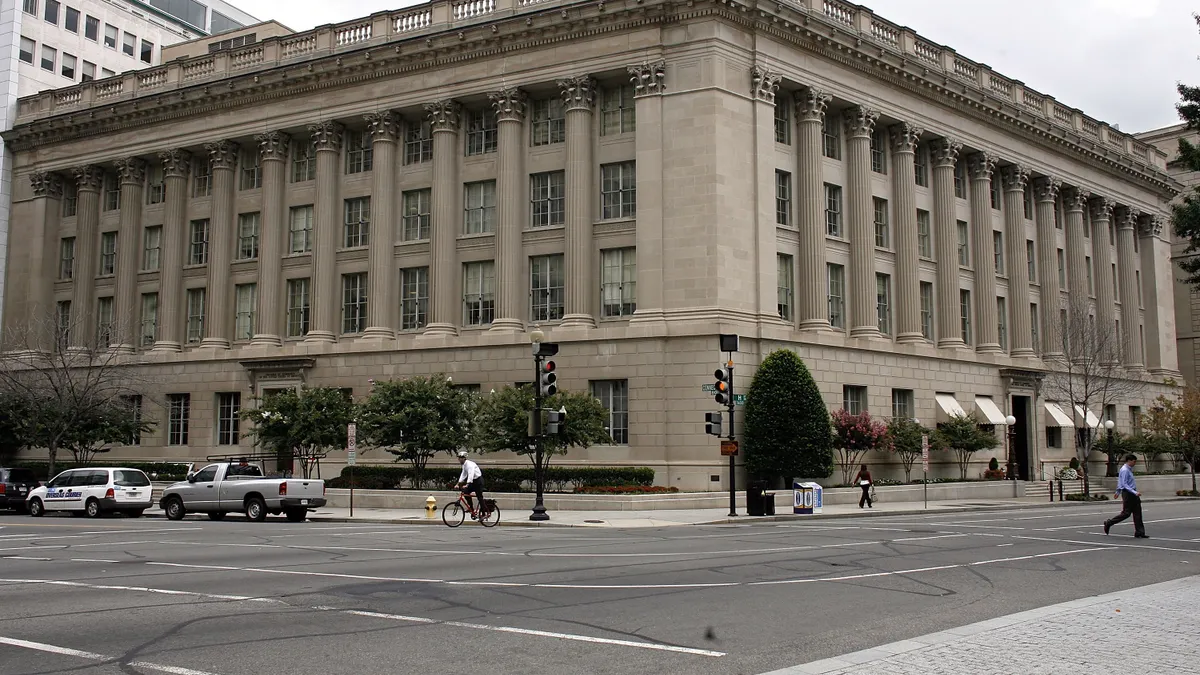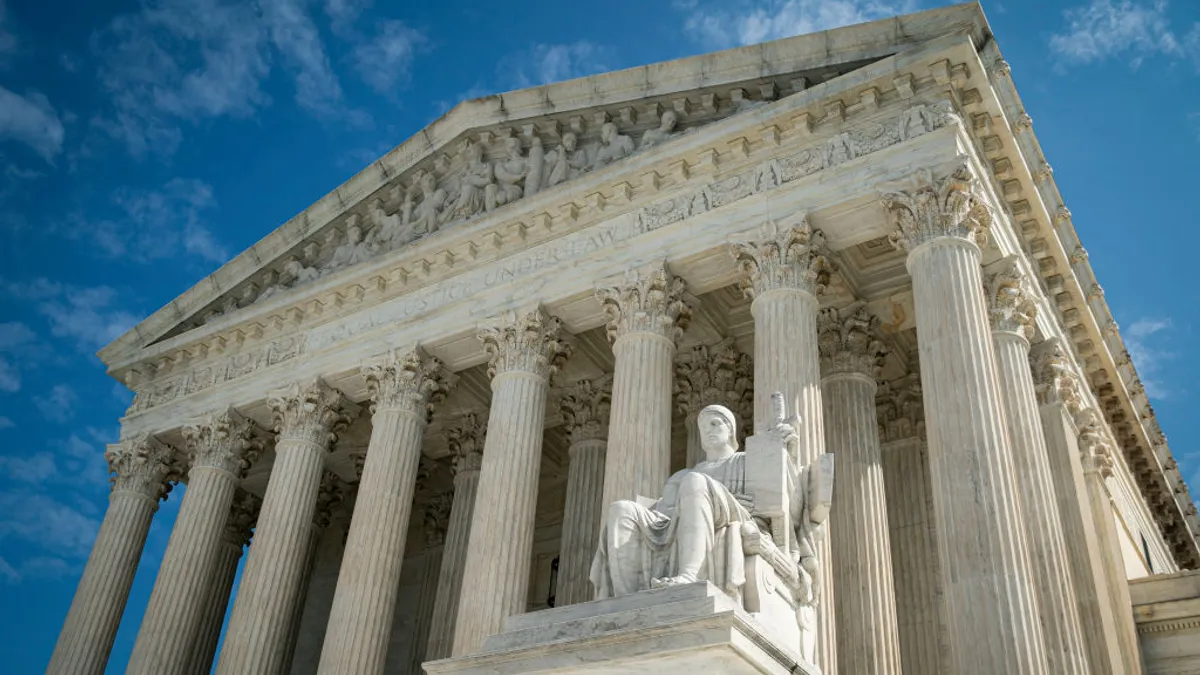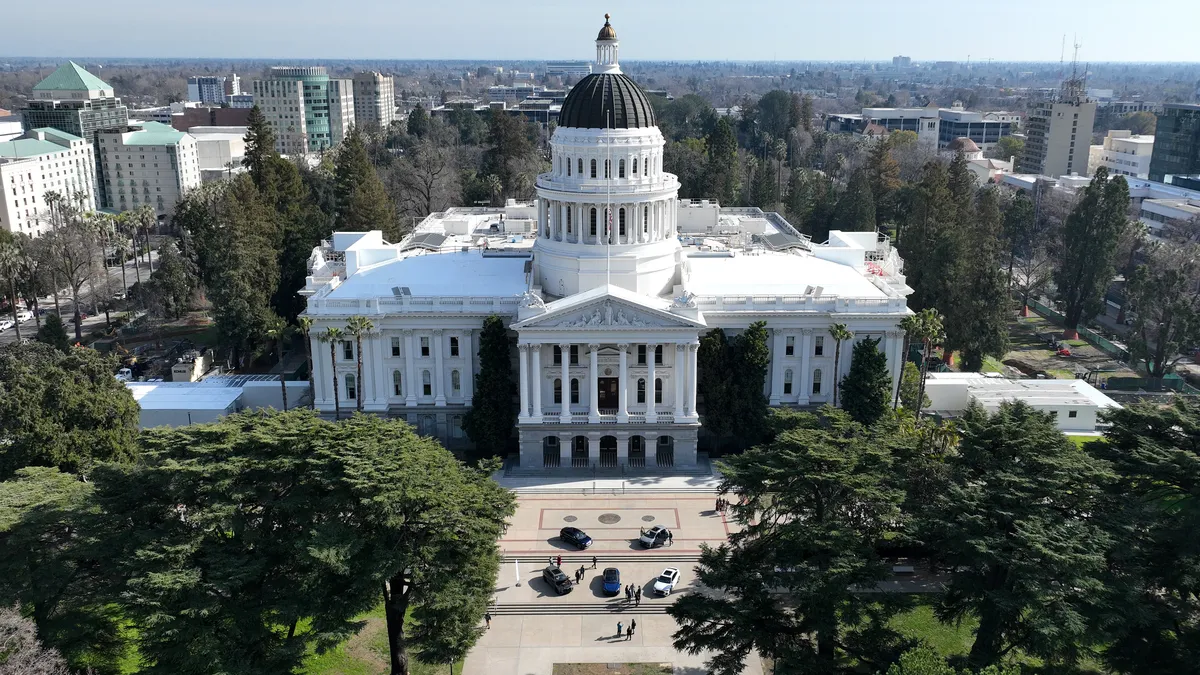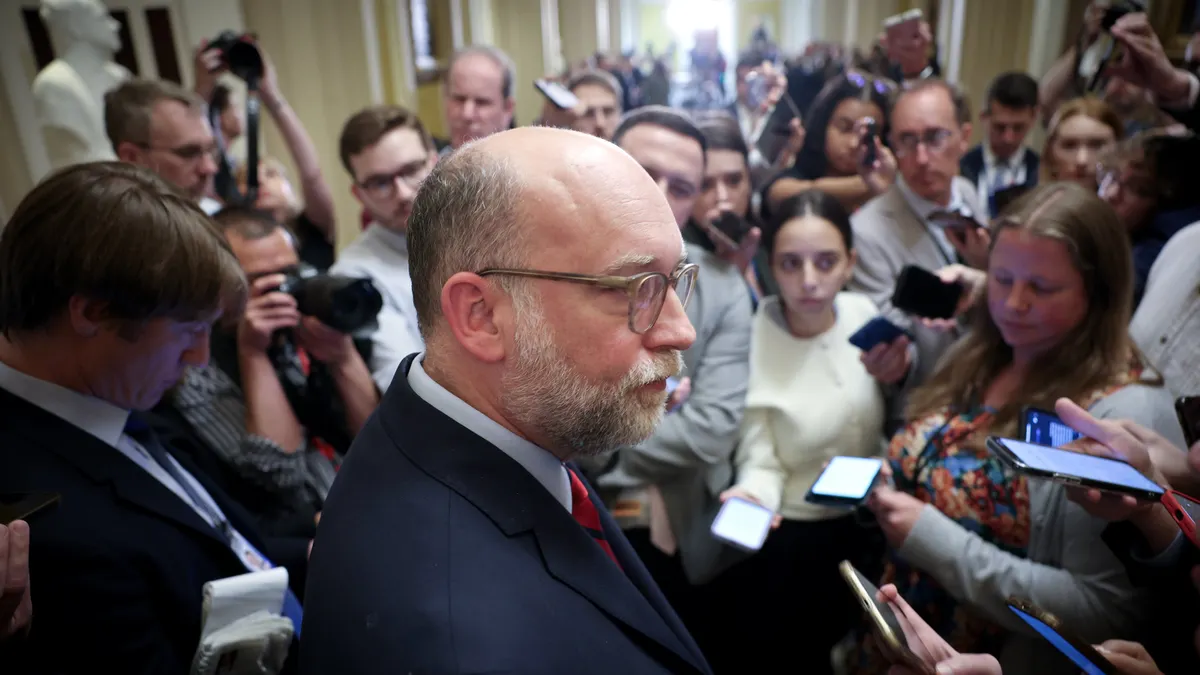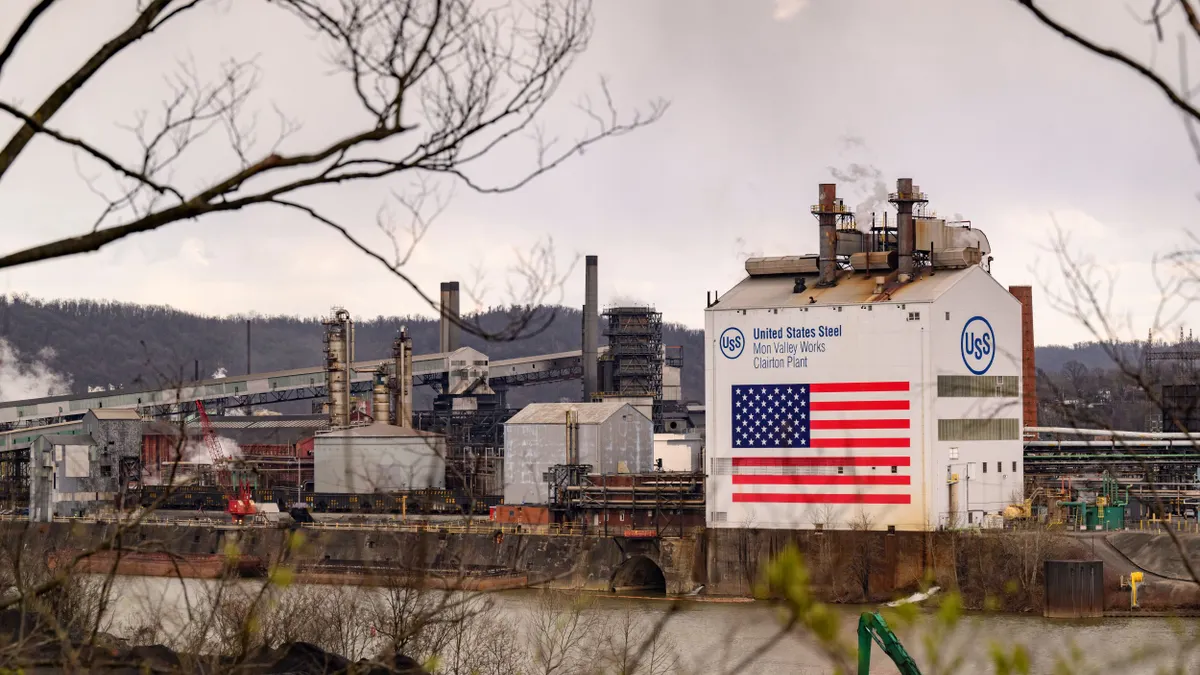The first Monday in October is around the corner, which means the U.S. Supreme Court will once again be in session. And as usual, that means there will be cases with a direct impact on HR and employers. We’ve asked some high profile employment attorneys about the main decisions for 2015 that employers should keep an eye on.
Friedrichs v. California Teachers Association
Employment attorney Richard Meneghello, with Fisher & Philips in Portland, Ore., singled out Friedrichs v. California Teachers Association as the top employment case before SCOTUS this fall.
In the case, the petitioners want to eliminate “agency shop” fees that public unions take from non-members. If a worker chooses not to join a union, a 1977 SCOTUS opinion still allows states to require those workers to contribute a smaller membership fee out of their paychecks. If the SCOTUS overturns that case and allows employees to opt out of paying anything to labor unions, it could spell big trouble for public unions in the form of declining revenue, resources and membership.
“This is the rare employment law case that transcends the world of HR and has taken on a political life of its own,” Meneghello says. “It’s not overly dramatic to say that this case could be a crucial stepping stone for those who want to further reduce the impact of unions on the American workplace.”
He adds that it is not quite the last stand for Big Labor, but it is “a very important battle” along the way. “This case, or one like it, has been long awaited by HR professionals and businesses, who see this as an opportunity to strike a crucial blow against unions,” he says
Tyson Foods v. Bouaphakeo
Kelly Kolb, a shareholder in the Fort Lauderdale office of Buchanan Ingersoll and Rooney, singles out this case because it addresses how similar the experiences of employees must be before they can be permitted to join the FLSA collective/class of plaintiffs. It specifically addresses differences between the employees who can be disregarded in favor of a general statistical analysis, and whether employees who have never been harmed by an overtime policy can be included within the class of plaintiffs.
Kolb notes that the number of FLSA (overtime) cases filed nationwide has exploded in the last 10 years – from 3,600 in 2004 to 8,100 in 2014. Most are filed as collective/class actions in which hundreds or thousands of employees are joined as additional plaintiffs.
“This decision will have a tremendous impact on settlement value of these cases, since the mere threat of a collective/class action FLSA lawsuit is often enough to force some employers to pay significant settlements to avoid spending significant sums defending these cases,” Kolb says.
“Employers are hopeful that the SCOTUS has accepted this case to tighten the reins on class action certification, setting a more-stringent bar for these kinds of claims,” Meneghello adds. “By requiring tighter rules on similarity, the number of class action claims should be reduced by a sizeable degree.”
See also: The long-awaited overtime rule: What employers need to know right now
Green v. Brennan
Meneghello explains that this case will resolve a “circuit split,” where a few federal appeals courts have ruled one way, and a few other federal appeals courts have ruled the opposite way. The issue in this case concerns when the countdown clock for filing discrimination lawsuits starts ticking. In some cases, employees will claim that they are “constructively discharged” from employment.
“In other words, not that they were actually fired, but that the employer forced them to quit by making their work life so miserable that any reasonable worker would have also quit,” he says. “In these cases, there is an open question as to when the clock starts ticking.”
Five courts of appeal have held that the filing period begins when the employee actually resigns, which helps employees. Three others have held that the filing period could begin way earlier – when the employer last commits whatever discriminatory act that gives rise to the resignation, which helps employers.
“The SCOTUS will answer the question once and for all and provide firm guidance,” Meneghello says.
Spokeo, Inc. v. Robins
David Kurtz, a partner in the Boston office of Constangy, Brooks, Smith & Prophete, singled out this case, where Thomas Robins filed a putative class-action claim against the data-aggregation company, claiming it violated the Fair Credit Reporting Act (FCRA) by allegedly posting false information about him including his wealth, education and marital status, and that harm was done to his credit, insurance and employment prospects.
Kurtz says that although the Ninth Circuit decided he had not sustained concrete damages, it held that he did not need proof of economic injury to proceed with the suit. The Court will determine whether or not a plaintiff must suffer actual harm to succeed in a FCRA suit.
“This case is important to employers because there have been a wave of FCRA class action lawsuits filed against employers alleging unlawful background screening practices,” Kurtz says, adding that a decision by the Court that actual harm must be shown will undoubtedly lessen the number of FCRA class actions facing employers – many of which have been settled for millions of dollars.
“On the other hand, a decision upholding the Ninth Circuit’s decision would likely encourage more FCRA class action lawsuits,” he explains. “Because the Court will be deciding the larger issue of whether Congress can ever confer standing on a plaintiff who suffers no concrete harm, the decision will impact other potential workplace class actions as well.”
Paske v. Fitzgerald
Meneghello says this case has not yet been accepted for review by the Court, so it might not even be heard this term or at all. The vast majority of cases submitted for acceptance by the SCOTUS are rejected, but this one has reached the final step – a conference review by the Court, to be held on September 28. During that meeting, the Justices will decide whether to take it up for review.
If it is heard, Meneghello says the case could change the way discrimination cases are reviewed at the trial court stage. Currently, if an employer can demonstrate that it had a legitimate reason for taking some adverse employment action, the burden shifts to the employee to show the judge that the employer’s reason was actually false and “pretextual.” Generally, courts have held that this is not an onerous burden, he says.
“The Fifth Circuit Court of Appeals, however, has stated that, as part of this pretrial test, such employees need to demonstrate that they were treated less favorably than a nearly identical similarly situated individual who is not a member of the protected class in order to proceed with their case to trial,” Meneghello says.
He cites the example of a female sales manager who is fired for not hitting her sales goals. In order to build a case that would make it to a jury trial, she would have to prove that someone nearly identical to her - but not in the same protected class, such as a male sales manager – also failed to meet his sales goals but was not fired for some reason. Some lower courts have characterized this standard as stringent, strict, and demanding.
“An employee whose claim was rejected by the trial court and lost at the appeals court has asked the SCOTUS to review the matter,” Meneghello says. “If the case is accepted for review, it could spell bad news for employers, as the odds would be likely that the Justices want to take a crack at correcting a misapplied standard.”



